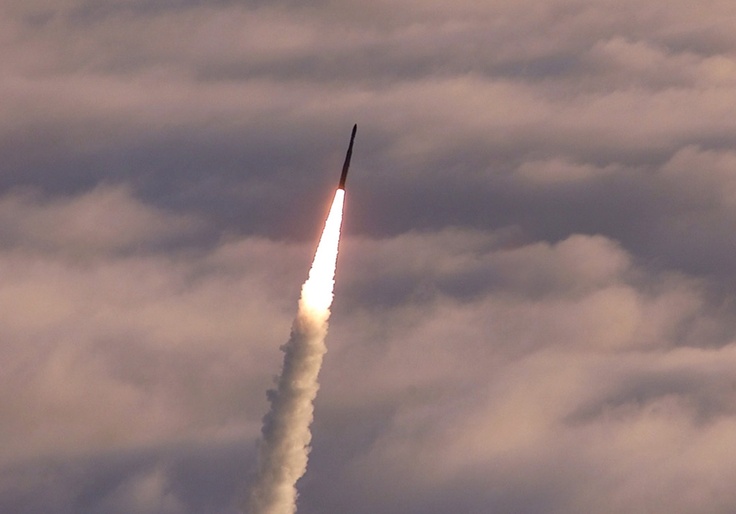America’s missile defense systems are in dire need of operational upgrades as "threats from foreign adversaries" grow more dire, a government watchdog found.
The U.S. Missile Defense Agency has repeatedly failed to upgrade its radar and missile interceptor systems, according to a report by the Government Accountability Office. The agency’s failures have left America’s missile defense system with less fielded capability than planned, leaving the country vulnerable to "missile threats from foreign adversaries," such as China, Iran, and North Korea. Supply-line issues and a developmental backlog have prevented the Pentagon’s top missile defense systems from receiving critical updates, the report found.
The findings are a warning bell for the Biden administration as it faces down a range of threats from increasingly hostile nations like North Korea and Iran. The country’s missile defense systems are the primary vehicle for destroying an incoming payload before it hits the country. The Missile Defense Agency’s repeated failure to upgrade and test its equipment signals the United States may not be prepared to handle rapidly evolving threats from nations like China, which currently has more intercontinental ballistic missiles than the United States.
The Department of Defense has poured $194 billion into the Missile Defense Agency since 2002, including a $10.4 billion investment in 2022. The agency’s main goal is to develop systems capable of tracking and destroying missiles mid-flight. But according to the GAO report, these funds have not been sufficient to keep the Missile Defense Agency fully operational and prepared to fend off an attack from the country’s enemies.
Over the course of the GAO’s multiyear investigation, "missile threats from foreign adversaries have evolved, and MDA has faced persistent challenges as it attempts to keep pace."
In 2022 alone, the agency "didn't deliver all of its planned interceptors and radar upgrades," according to the report. "MDA also didn't complete its planned flight, ground, or cyber tests for its systems."
The agency has been falling short for several years, according to the GAO, which reported that the Missile Defense Agency still has not implemented "23 previously issued recommendations" related to its "testing, transparency, and cost reporting."
The agency only "partially met its sensor delivery goals," and has "delayed operational acceptance of two radars" until later this year at the earliest, according to the report. These types of delays have been occurring for several years, indicating that proposed upgrades to the system were put on the back burner.
While the agency was slated to conduct nine flight tests in 2022, it completed only six.
"Of the six conducted tests, MDA successfully achieved objectives in one test where MDA was the primary participant and four where MDA participated with external partners, such as the Air Force or foreign allies," according to the report.
Several other tests were delayed at the request of foreign allies, indicating that their systems also are not meeting goals.
A combination of supply-chain issues and internal delays caused the Missile Defense Agency to miss delivery targets for a host of batteries and ground-based interceptors, one of which "was 3 years overdue." Radar and sensor upgrades also have posed a challenge for the agency, the report notes.
All told, the Missile Defense Agency "conducted less than half of its planned fiscal year 2022 testing," including flight and ground tests that demonstrate whether or not the nation’s defense system can adequately fend off a missile barrage. The agency also reduced the scope of cyber assessments and delayed others for "future years," setting America’s missile defense systems even further behind.
As the Missile Defense Agency falls short of its goals, America’s enemies are forging ahead. Over the past year, China doubled the number of missiles in its arsenal capable of hitting the United States, according to the Pentagon.
